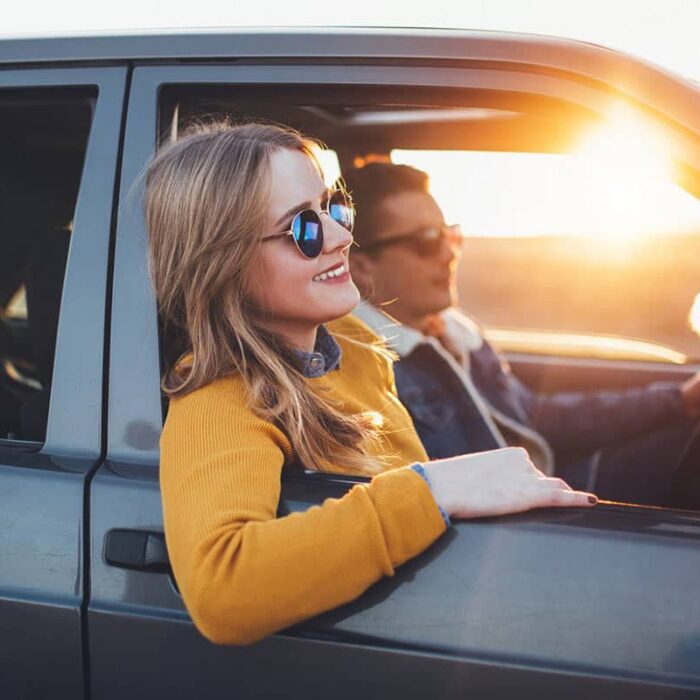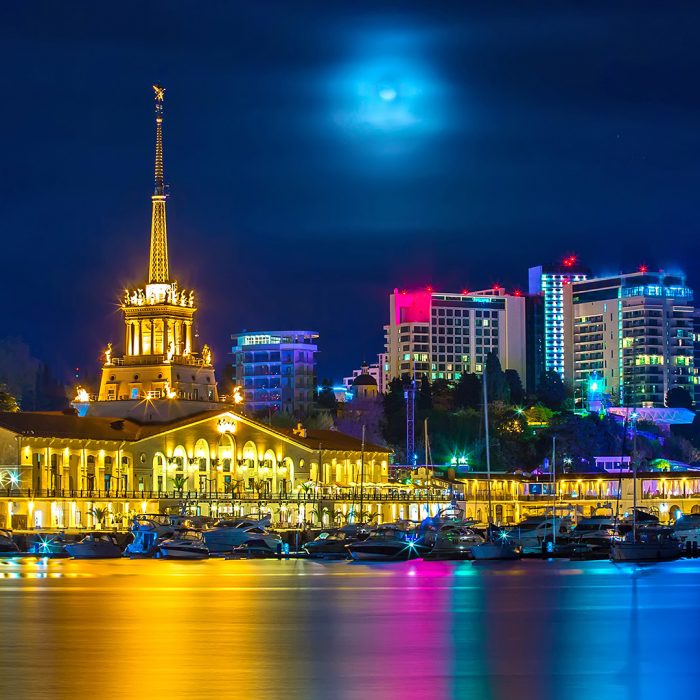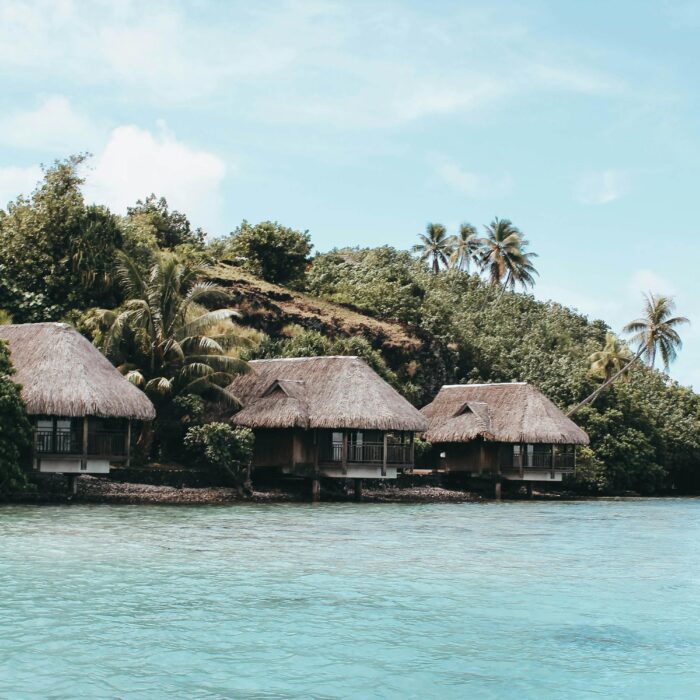Quick facts about Mexico:
- Population: Approximately 128 million people.
- Capital: Mexico City.
- Official Language: Spanish.
- Currency: Mexican peso (MXN).
- Government: Federal presidential constitutional republic.
- Major Religion: Roman Catholicism, with a significant presence of Protestantism.
- Geography: Located in North America, bordered by the United States to the north, Guatemala and Belize to the southeast, and the Pacific Ocean to the west, the Gulf of Mexico to the east, and the Caribbean Sea to the southeast.
Fact 1: Mexico has 38 UNESCO World Heritage sites
Mexico’s UNESCO World Heritage sites include a diverse range of cultural, natural, and mixed properties that showcase the country’s rich history, biodiversity, and cultural heritage. These sites encompass archaeological complexes, historic cities, natural reserves, biosphere reserves, and cultural landscapes, reflecting Mexico’s cultural and natural diversity.
Some notable UNESCO World Heritage sites in Mexico include the Historic Center of Mexico City and Xochimilco, the ancient city of Teotihuacan, the historic center of Oaxaca City, the pre-Hispanic city of Chichen Itza, the historic center of Puebla, the ancient city of Palenque, and the biosphere reserve of Sian Ka’an, among others.

Fact 2: Mexico City is the largest Hispanic city in the world
Mexico City, also known as Ciudad de México, is the capital and largest city of Mexico. With a population of over 21 million people in the metropolitan area, Mexico City is the most populous city in Mexico and the largest Spanish-speaking city globally.
As the political, cultural, and economic hub of Mexico, Mexico City boasts a rich history dating back to the Aztec civilization, as well as a vibrant cultural scene, diverse cuisine, and iconic landmarks such as the historic city center, Chapultepec Park, and the National Palace.
Fact 3: Mexico has a large number of volcanoes
Mexico is located along the Pacific Ring of Fire, a region known for its high volcanic activity due to tectonic plate movements. As a result, Mexico has a diverse array of volcanoes, ranging from active to dormant, scattered throughout the country.
Some of the most notable volcanoes in Mexico include:
- Popocatépetl: Located near Mexico City, Popocatépetl is one of the most active volcanoes in Mexico and is frequently monitored due to its potential hazards.
- Citlaltépetl (Pico de Orizaba): The highest peak in Mexico, Citlaltépetl is an extinct stratovolcano located in the eastern part of the country.
- Paricutín: Paricutín is a famous cinder cone volcano that emerged in a cornfield in Michoacán in 1943, making it one of the youngest volcanoes in the world.
- Colima: Also known as Volcán de Fuego, Colima is one of the most active volcanoes in Mexico and is located in the western part of the country.
- Nevado de Toluca: Nevado de Toluca is a dormant stratovolcano located in the State of Mexico, and its crater contains two crater lakes.

Fact 4: Mexican cuisine is recognized as world heritage
Mexican cuisine is celebrated worldwide for its diversity, flavors, and cultural significance. It is characterized by a rich blend of indigenous Mesoamerican ingredients, such as corn, beans, chili peppers, and tomatoes, combined with Spanish colonial influences and culinary traditions from other cultures.
UNESCO recognized Mexican cuisine as an intangible cultural heritage for its role in promoting social cohesion, strengthening family bonds, and fostering community identity. The traditional practices, knowledge, and rituals associated with Mexican cuisine, including farming, cooking techniques, and communal dining customs, contribute to its cultural significance and resilience over generations.
Fact 5: The largest ancient pyramid is located in Mexico
The Great Pyramid of Cholula, also known as Tlachihualtepetl (meaning “man-made mountain”), is a massive Mesoamerican structure constructed by the indigenous peoples of the region, primarily the Aztecs and later the Toltecs. It is estimated to have been built over several centuries, beginning around the 3rd century BCE and continuing through the 9th century CE.
While the Great Pyramid of Cholula is not as tall as the Great Pyramid of Giza in Egypt, it holds the distinction of being the largest pyramid in terms of volume. The pyramid measures approximately 450 meters (1,480 feet) on each side of its base and rises to a height of about 66 meters (217 feet).
Note: If you plan to visit popular places in Mexico on your own, check here, you may need an International Driver’s License to rent and drive a car.

Fact 6: The asteroid that killed the dinosaurs hit the ground in Mexico
The Chicxulub impact crater was formed approximately 66 million years ago when a massive asteroid, estimated to be about 10 kilometers (6 miles) in diameter, struck the Earth. The impact released an enormous amount of energy, leading to catastrophic consequences, including widespread wildfires, tsunamis, and a global climate shift.
The Chicxulub impact is widely regarded as one of the primary causes of the Cretaceous-Paleogene (K-Pg) extinction event, which resulted in the extinction of approximately 75% of plant and animal species on Earth, including non-avian dinosaurs.
While the exact location of the impact crater was discovered in the 1970s, it wasn’t until the 1990s that scientists confirmed its connection to the mass extinction event. Today, the Chicxulub impact crater is one of the best-preserved and studied impact structures on Earth, providing valuable insights into the history of our planet and the processes that have shaped it over millions of years.
Fact 7: Mexico is a surfer’s paradise
With over 9,000 kilometers (5,600 miles) of coastline bordering the Pacific Ocean, the Gulf of Mexico, and the Caribbean Sea, Mexico boasts a diverse range of surf breaks suitable for surfers of varying skill levels and preferences.
On the Pacific Coast, destinations such as Puerto Escondido in Oaxaca, Sayulita in Nayarit, and Ensenada in Baja California are renowned for their consistent waves, warm water, and vibrant surf culture. Puerto Escondido is particularly famous for its powerful beach break known as Zicatela, which attracts experienced surfers from around the world to ride its massive barrels.
In Baja California, the Baja Peninsula offers numerous surf breaks along its rugged coastline, with iconic spots like Scorpion Bay, Todos Santos, and Punta San Carlos providing excellent waves for both beginners and seasoned surfers alike.
On the Caribbean side, destinations like Tulum and Playa del Carmen in the Riviera Maya offer picturesque beaches and reef breaks ideal for surfing, especially during the winter months when swells from the north produce consistent waves.

Fact 8: The oldest university in North America is in Mexico
UNAM was founded on September 21, 1551, making it one of the oldest universities in the Americas and predating many other prominent universities in North America, including Harvard University (founded in 1636) and the College of William & Mary (founded in 1693).
Today, UNAM is one of the largest universities in the world by enrollment, with campuses throughout Mexico and a diverse range of academic programs spanning the arts, sciences, humanities, engineering, and more.
Fact 9: You can see the curved streets in Mexico City
Mexico City was originally built on the site of the ancient Aztec capital of Tenochtitlan, which was founded on an island in Lake Texcoco. When the Spanish conquistadors arrived in the early 16th century, they drained the lake and built the colonial city on its ruins. The irregular layout of the ancient city, with its winding streets and irregularly shaped blocks, influenced the urban design of modern-day Mexico City.
Additionally, Mexico City’s rapid expansion and development over the centuries have led to the construction of roads and avenues that follow the contours of the land, resulting in some streets with curves, especially in hilly areas or where the terrain is uneven. However, it’s essential to note that the presence of curved streets in Mexico City is not solely attributable to the city’s topography but is also influenced by historical, cultural, and urban planning factors.

Fact 10: Mexico is home to dozens of indigenous peoples with their own languages
According to Mexico’s National Institute of Indigenous Languages (INALI), there are currently 68 recognized indigenous languages spoken in Mexico, belonging to various linguistic families such as the Oto-Manguean, Mayan, Mixe-Zoquean, and Uto-Aztecan families, among others. Some of the most widely spoken indigenous languages in Mexico include Nahuatl, Maya, Zapotec, Mixtec, and Otomi.

Published April 27, 2024 • 7m to read





